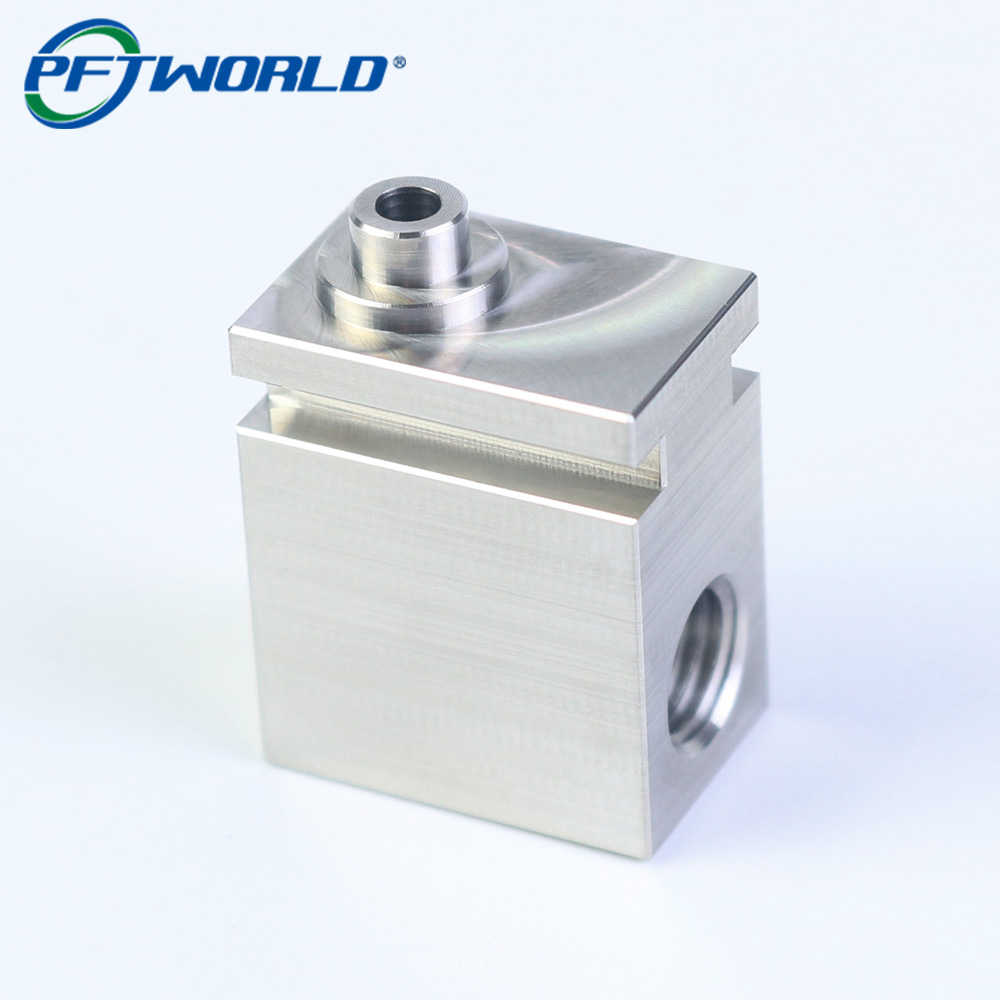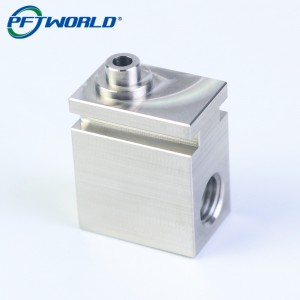Stainless steel 316L CNC milled parts with smooth surface polishing
When you hold a precision CNC-milled stainless steel 316L part in your hand, you immediately notice two things: the weight of durability and the mirror-like smooth surface that reflects light evenly. This level of finish doesn’t come by chance—it results from strict machining tolerances and multi-step polishing techniques that manufacturers use to meet the needs of industries like medical devices, aerospace, marine, and food processing.
In this article, I’ll walk you through what makes 316L stainless steel CNC parts unique, how surface polishing is achieved, and what you should look for when sourcing these components for your projects.
Why Choose Stainless Steel 316L for CNC Milling?
316L stainless steel is one of the most popular materials in precision engineering because of its:
-
Corrosion Resistance – With molybdenum content, it withstands saltwater, acidic environments, and chemical exposure, making it ideal for marine and chemical applications.
-
Biocompatibility – Certified safe for medical implants and surgical instruments.
-
Strength & Durability – Even after machining, it retains high tensile strength, suitable for load-bearing components.
-
Machinability – While harder to cut than aluminum, modern CNC milling centers and carbide tooling ensure accurate shaping with minimal tool wear.












